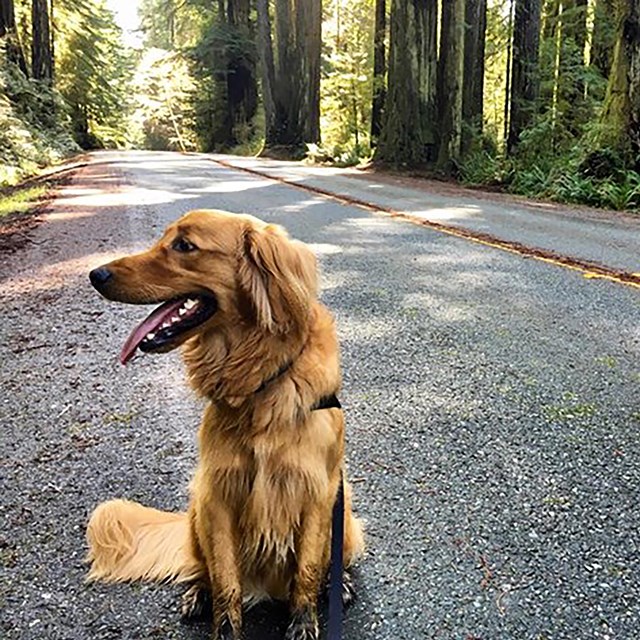Redwood National and State Parks: Essential Visitor InformationNestled along the northern California coast, Redwood National and State Parks protect some of the world’s tallest trees, rugged coastlines, and diverse ecosystems. Whether you're planning a visit for hiking, camping, or sightseeing, this guide answers common questions about park access, facilities, and history. Here’s everything you need to know before you go! Where is Redwood National and State Parks?Redwood National and State Parks are in northern California, just below the Oregon border. The parks are:
The parks' headquarters is located in Crescent City, CA. Do I need to reserve an entry time?No reservations are required. You can arrive at any time, day or night. Where are the entrance stations?Redwood National and State Parks do not have entrance stations or main gates. Most attractions, facilities, and trails are located along Highway 101, Newton B. Drury Scenic Parkway, and other county roads. The only entrance station is for visitors driving to Fern Canyon, where a state park entrance fee is collected at the Gold Bluffs Beach entrance kiosk. When are the parks closed?The parks are always open. However, visitor centers operate from:
Visitor centers are closed on Thanksgiving, December 25, and January 1. Where are the campgrounds?There are four campgrounds within the parks:
Camping fees are $35 per night, per site. Reservations can be made through Reserve California at 1-800-444-7275. Where is the drive-through tree?There are no drive-through trees in Redwood National and State Parks. However, you can find three privately-owned drive-through coast redwoods in California:
These locations charge a fee. If you recall a historic black-and-white image of a car driving through a tree, that was likely the Wawona Tree, a giant sequoia in Yosemite National Park, which fell in 1969. Is there an entrance fee?
When was Redwood National Park established?
When were the state parks established?
What is the total acreage of Redwood National and State Parks?The parks cover 131,983 acres:
The original national park (1968) was 56,201 acres. The park expanded in 1978 to 106,000 acres, and in 2005, the Mill Creek watershed added another 25,000 acres. Why is Redwood a state and national park?Redwood National and State Parks are jointly managed by the National Park Service and California State Parks.
Which tree is bigger: a giant sequoia or a coast redwood?
Is the redwood the oldest tree in the world?No. Bristlecone pines, found in the western U.S., are the oldest, some reaching 5,000 years. How old are the oldest redwoods?Some coast redwoods can live up to 2,000 years, with an average age of 500–700 years. How much of the original old-growth forest remains?
Where is the tallest redwood?The Tall Tree in Tall Trees Grove once stood 367.8 feet (120 m) but lost its crown in the 1980s due to environmental changes. The current tallest known tree is 379 feet in the Redwood Creek watershed. However, the tallest tree changes over time as trees continue to grow or lose height due to weather and age. Why do redwoods grow so tall?Several factors contribute to their height:
What is a burl?A burl is a knobby growth of dormant buds. These buds fail to develop into branches and instead form a lumpy mass. Burls help redwoods regenerate after damage. Why do redwoods live so long?
What do redwoods look like?
When do rhododendrons bloom?Blooming varies by season, but the best time to see native rhododendrons is mid-May to early June. Things To Know
|
Last updated: January 27, 2025






